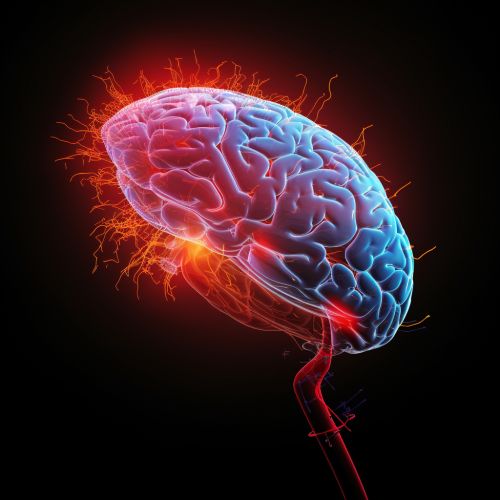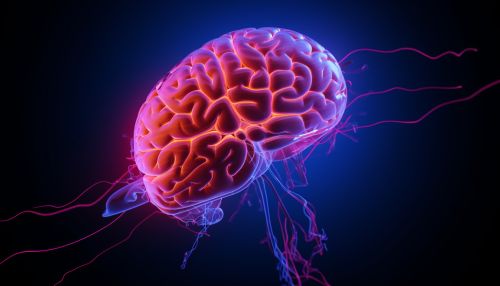Stroke
Overview
A stroke is a serious medical condition that occurs when the blood supply to part of the brain is cut off. Strokes are a medical emergency and urgent treatment is essential because the sooner a person receives treatment for a stroke, the less damage is likely to happen. There are two main types of stroke: ischemic, where the blood supply is stopped due to a blood clot, and hemorrhagic, where a weakened blood vessel supplying the brain bursts.


Causes
Strokes are caused when the blood supply to a part of your brain is cut off. This can occur in two ways: ischemic stroke and hemorrhagic stroke.
Ischemic Stroke
An ischemic stroke is the most common type of stroke, accounting for around 85% of all cases. This type of stroke is caused by blockages or clots in the arteries that provide blood to the brain. These blockages are often caused by blood clots, which can form either in the arteries directly leading to your brain, or in other blood vessels before being swept through your bloodstream and into narrower arteries within the brain. Clots can be caused by fatty deposits within the arteries called plaque.
Hemorrhagic Stroke
A hemorrhagic stroke is less common, but more often fatal. Hemorrhagic strokes are caused by bleeding in the brain that damages nearby cells. This bleeding can occur within the brain, between the brain and the membranes that cover it, or between the skull and those membranes.
Symptoms
The main symptoms of stroke can be remembered with the acronym FAST: Face, Arms, Speech, Time.
Face
The face may have dropped on one side, the person may not be able to smile, or their mouth or eye may have drooped.
Arms
The person with suspected stroke may not be able to lift both arms and keep them there because of weakness or numbness in one arm.
Speech
Their speech may be slurred or garbled, or the person may not be able to talk at all despite appearing to be awake; they may also have problems understanding what you're saying to them.
Time
It's time to dial emergency services immediately if you see any of these signs or symptoms.
Risk Factors
Certain factors can increase your risk of having a stroke. Some of these you can't control, such as age and family history. But many can be managed with medical help and lifestyle changes.
Age
The risk of a stroke increases as you get older. Strokes most commonly occur in people who are 65 or older.
Family History
If a close relative (a parent, grandparent, brother or sister) has had a stroke, your risk is likely to be higher.
Medical Conditions
Certain medical conditions can increase the risk of having a stroke, including high blood pressure (hypertension), high cholesterol, atrial fibrillation, diabetes, and conditions that affect the blood vessels, such as heart disease.
Lifestyle Factors
Smoking, being overweight, lack of exercise, a diet high in salt and fat, and excessive alcohol or drug use can all increase your risk of a stroke.
Treatment
Treatment depends on the type of stroke. The most effective way to prevent strokes is through maintaining a healthy lifestyle and treating underlying conditions that could be risk factors.
Ischemic Stroke
Ischemic strokes are often treated with medications. These can include drugs to break down clots and prevent others from forming. In some cases, a procedure may be required to remove the clot.
Hemorrhagic Stroke
Treatment for hemorrhagic strokes usually involves surgery to control bleeding and reduce pressure on the brain.
Prevention
Prevention involves managing key risk factors, including high blood pressure, smoking, and atrial fibrillation. Lifestyle changes can also play a key role in stroke prevention. These include eating a healthy diet, maintaining a healthy weight, exercising regularly, not smoking, and limiting alcohol intake.
Recovery
Recovery time after a stroke varies from person to person. It can take several months to a few years for individuals to recover to the fullest extent possible. Rehabilitation is an important part of this recovery process and often involves physiotherapy, occupational therapy, speech and language therapy, and support for the emotional aspects of the condition.
